Energy sub-metering and IoT
How to better control your consumption
How to better control your consumption
Energy consumption is at the heart of the news. The surge in prices in recent months is causing many of us to become seriously concerned about this subject. Beyond the price aspect, the problem is not new. It stems from an awareness of the need to regulate our use of energy in order to better protect the planet. So whether it is a question of protecting the earth or our wallets, how can we reduce the energy consumption of our buildings?
To better control our consumption, the first step is to better understand it.
Do some buildings consume more than others under the same conditions?
What is the breakdown of heating, cooling and lighting consumption in my building?
Can I track the electricity consumption of specific equipment over time?
Can I insulate the consumption of part of my building?
Are there any piece of equipment or areas that consume too much outside of opening hours?
To answer these questions, the essential tool is energy sub-metering.
Sub-metering is a process of monitoring and measuring energy consumption on a smaller scale. It consists of dividing a single energy meter reading into individual readings by separating the consumption of certain appliances or areas such as: an industrial machine, one or more pieces of equipment on an electrical outlet, a lighting area, a hot water tank, an air conditioner, a compressor, a specific room…
It allows a more detailed analysis of energy consumption and helps to highlight where energy is being used most efficiently and where it is being wasted.
By monitoring energy use at a more precise level, it is then possible to identify patterns and trends in energy consumption, allowing for better planning and management of energy consumption.
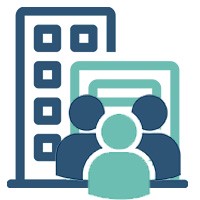
As an occupier of a building, energy sub-metering allows you to access more detailed information on consumption in order to:
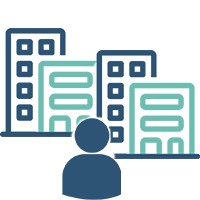
As a building owner, the implementation of a sub-metering plan allows you to:

If sub-metering is an essential tool to better control consumption, it is necessary for this process to be communicative.
Indeed, by coupling this process to IoT technologies (LoRaWAN, Sigfox…), it becomes possible to automate the reading of one’s electricity meters.
Rather than manually collecting readings, the IoT offers automatic and periodic remote reading of meter indexes. It also makes it possible to be alerted of any consumption drift.
Automated and remote monitoring
Use reliable, real-time data
Be alerted
Adeunis sensors allow:
IoT sensor TIC
General electric meter ICT output flow decoding Self-powered
IoT sensor PULSE
Pulse counter
At the output of the sub-counter
Up to 2 pulse inputs
IoT sensor MODBUS
Modbus RTU, RS485/RS232 compatible
Dialogue with up to 10 sub-meters
IoT sensor ANALOG
Allows you to evaluate the operating mode of a piece of equipment
“Grand Annecy” is one of the largest agglomeration communities in France. It includes 34 municipalities covering 539 km2, with 213,356 inhabitants*.
In order to optimise the energy consumption of the public buildings managed by the agglomeration, “Grand Annecy” has decided to set up a project to monitor water, gas and electricity consumption. For this project, “Grand Annecy” is being supported by HELINK, an integrator of communicating and intelligent solutions for the Smart Building.
The first phase of the project consists of studying the evolution of these energy consumptions within the “Grand Annecy” headquarters. To do this, the building’s meters were equipped with Adeunis’ IoT TIC, PULSE and PULSE ATEX sensors. The sensors send the data collected via LoRaWAN to the Semlink platform, thanks to the Wattsense box, in order to study their evolution and find ways to improve.
To finalise this pilot phase, a second public building should soon be equipped, before a larger-scale deployment.
The objective of this project is multiple. Indeed, the reading of consumption and its monitoring should make it possible to respond to ecological, economic and legal issues (Tertiary Decree).

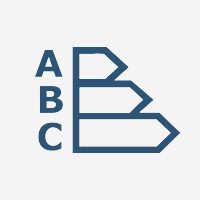
Reduction of energy costs
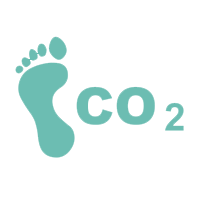
Reducing the carbon footprint of companies
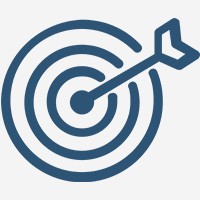
Compliance with current and future regulations
15/02/2023
expertise to support you, from the diagnosis to the implementation of your solution
Subscribe to our newsletter!
Your e-mail address is only used to send you our newsletter and information about our company. You can unsubscribe at any time using the link included in each email.
